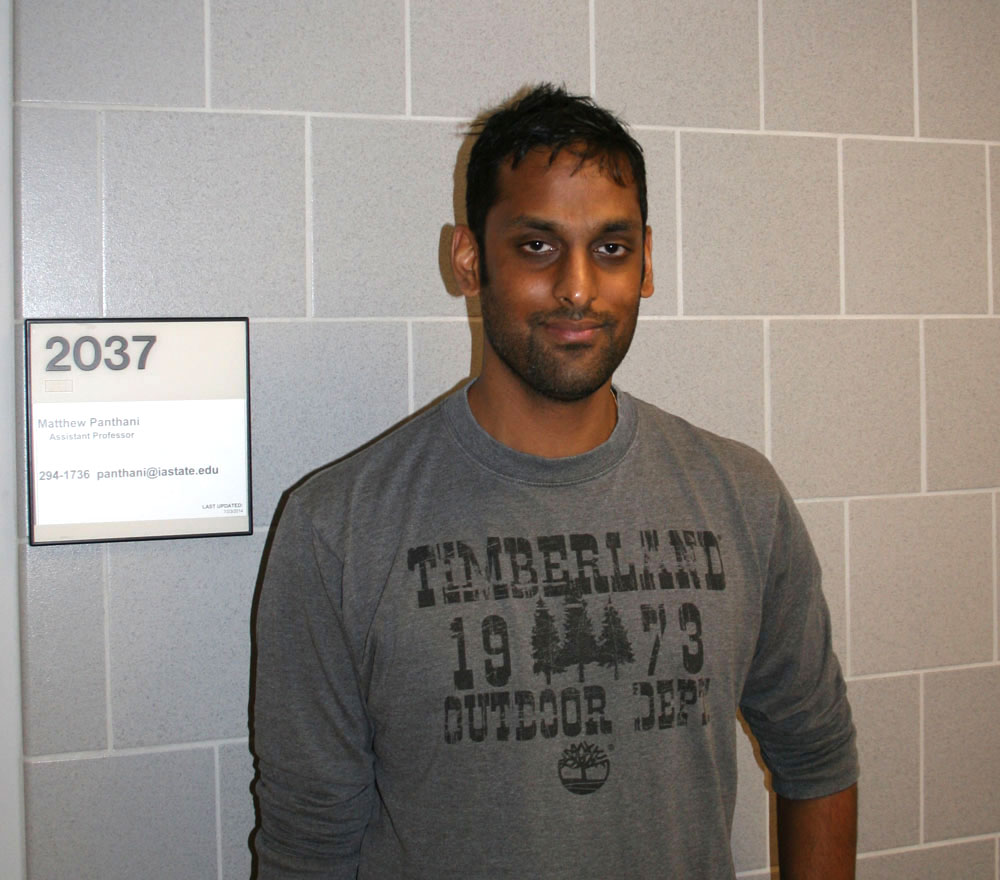Chemical and biological engineering department hires assistant professor researching low cost solar cells.
While he was earning his Ph.D., Matthew Panthani found a new way to use spray paint – to advance solar cell research. His interest in solar cell accessibility has continued since graduate school. He’s looking forward to making solar cells inexpensive and widespread.

Panthani attended the University of Texas at Austin for his Ph.D. in chemical engineering. Initially interested in nanomaterials, his advisor encouraged him to join a new project about solar cells.
At the time, there wasn’t as much interest in solar cells due to relatively low gas prices, but six months later, energy prices began to rise. He said, “I stumbled upon it a time, right before it became a hot topic again.”
Solar cells are traditionally made from silicon. “Silicon is great for a lot of applications, but if you want solar energy to be really widespread, you need to reduce the cost. So what we are trying to do is make inexpensive solar cells using solution-based nanomaterials,” he said.
Solution-based nanomaterials are made using a combination of the right environment and different chemicals. The nanomaterials are created through a chemical reaction in a beaker, forming a stable solution, which allows for inexpensive manufacturing of solar cells.
Panthani believes his research will affect Iowa’s energy infrastructure, which primarily comes from coal. He says, “It would be great if we could get free energy from the sun and ship our energy resources out of the state so other states buy from Iowa and help the economy here.”
Eventually, Panthani hopes to commercialize solution-based solar cells.
Growing up, Panthani was always interested in math and science, but he did not think about being an engineer until job shadowing a chemical engineer during high school. After that experience, he knew what his major would be during his undergraduate career at Case Western Reserve University.
He became a professor because he likes researching and teaching. “I had opportunities to work in industry, and the money is really good, but I wouldn’t have had the opportunity to do things that are on the cutting edge of technology or fundamental science. I also wouldn’t get the opportunity to teach in industry, so that’s something that I’m looking forward to here.
Great research facilities and supportive faculty are two of the many reasons why Panthani decided to be a first-time professor at Iowa State. He will be teaching Chemical Engineering thermodynamics I this fall.
